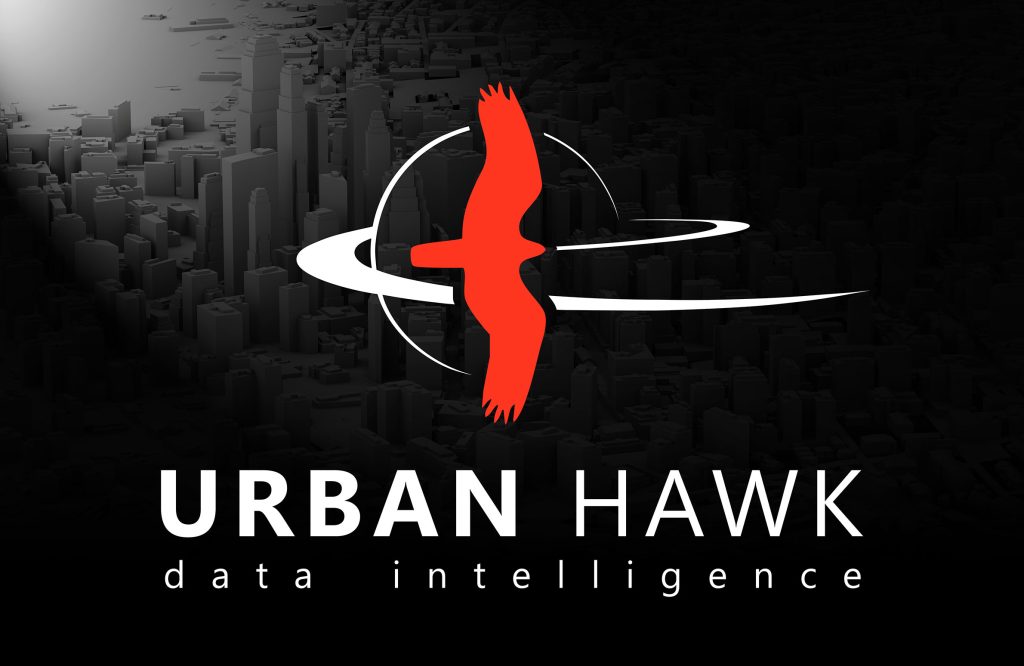
Urban Hawk Founded 2017
Founded in 2017 – Urban Hawk was created to help address some of the more challenging parts of GIS scale simulation. Not just mapping the world but encoding its properties – be it the cost of traversal, in time, fuel or efficiency, but also the value that this sort of simulation might unlock for businesses and individuals.
Major pivot in 2019 from mapping to simulation
Despite a lot of work into the use of Signed Distance Fields for large scale mapping (and arguably the most efficient Spline model running on COTs CPU / GPUS) we realized we would need to adopt a volumetric and voxel-based map – to handle larger layered data sets and permit real-time simulations – and to re-align the volumetric database to this.
Key requirements for simulation
- Ultra fast DB Read / Write
- Complex physics simulation
- External DB interfaces at speed
- High-speed data cleansing (parse. too slow)
- Enough compute left over to support complex queries and interactions
- GIS layers combined with simulation layers
- Simulation is just one layer amongst many
- Cloud vs En Prem interfaces and connection
- Fusion of Geo-semantic data and directly observed information (EOS / UAV / Scanner)
- Inference & Procedural generation
Brief Timeline
Urban Hawk Founded
Bootstrapped. Founded by Robert Sugar & James Murphy.
2019
Pivot to Simulation
The map is not the terrain – and without interrogating the data and simulating the environment – needs a simulation layer to unlock its value.
2020-2021
Ultra fast DB & Sim layers combined to make Polaron
Product development begins. Urban Hawk still operates as a business with several incumbent clients and support contracts, but in response to market demand – Polaron is now the focus of much of the technical development.
2021-2022
Real-time Sensor feeds added
Polaron had matured sufficiently to allow GIS scales of data (many kM^2) to be displayed alongside real-time sensor data – such as stereo depth cameras and Lidar.
2022-23
Dynamic scene building & updates
Ai & ML for building simulations. A core technology is the ability to ingest updates to models or build scenes on the fly – to allow for the use of edge-based sensors to ingest and present real-time data and dynamically build a scene. This allows for dynamic route planning and cost weighting.
2023
Scaling up & Early Access Release
The business and Product have now matured sufficiently to warrant additional funding being accessed, allowing the scaling up of the business and even greater focus on Polaron, whilst still offering an R&D service, Consultancy, and B2B offering for some of UH’s other service offerings.
Polaron Real-time Simulation Capabilities
2023 > 2024 Roadmap
Polaron is a real-time simulation tool capable of ingesting live API data, GIS scale maps, and real-time sensor data such as Computer vision, Lidar, and Smartphone scans. It traverses this data with ultra-fast agents to map, model change, predict events, and empower your business with greater insight and situational awareness.
Polaron 2023 Planned Key Developments
We will soon be releasing out Trello public roadmap, one of the places you can check out or suggest ideas. It’s worth noting that this is subject to change.
Scale & User Base
Aim to expand and strengthen our community and user base.
Achievements & Targets
- Scale to 100+ users: We have already signed up 23 to our Early Access Programme, with more joining continually.
Going well – could go better! We think we’re close now and signups will increase. - Edge & Hybrid Cloud: While Polaron was engineered to run at the edge, our focus is on hybrid simulations using edge processing and sensors, aiming for a hybrid/cloud environment in 2023.
Work in progress – we held off on the Cloud work till Q4 2023 to focus on Horizon completion and the edge based simulation running off of COTs - Ambition for 1000x Cached Users: We plan to have about 1000x cached map/simulation users to stress test and data mine these maps.
Completed – we can essentially create a bitmap and pack data into it to be read or recompiled or passed to another service. Cached / Pre-processed data is easy, small and can be sent as a Mesh (essentially a stream of layered Raster files – with different info). - Reduce UK-OSM DB Unpacking Time: From 112 seconds to under a minute.
Completed - Reduce B2C Costs: Currently high, a SaaS model will allow us to provide more to the public and offer dedicated simulations, similar to gaming or premium hosted services.
Work in Progress – but currently it looks very competitive. - Reduce UK-OSM DB Unpacking Time: From 112 seconds to under a minute.
Completed - Unpack the North American OSM DB: With North America being a denser database, we want to use this for performance tests.
Completed - API Gateways and Interfaces: Work is underway to refine our API and documentation, ensuring seamless integration with other systems.
Work in progress – Strapi could have been a good solution – but likely we will go with a developer centric approach (think Postman / API gateway / AWS). - Data Translation Services (DTS): After using Polaron for numerous datasets, from SQL to real-time feeds, our goal is to implement DTS to optimize Polaron’s use.
This grows all the time – and now encompasses, Lidar, OSM, DTM / DEMs and more. Soon to support Graph DB’s via Neo4j
Simulation & Quality of Life Enhancements
Our mission is to improve user experience and simulation accessibility, focusing on design, UI, and customer feedback.
Automation & Integration
Repetition can be automated. We aim to make Polaron easy and straightforward, ensuring proper tools are in place to support our users.

